Swiss test rail limits with new super fleet
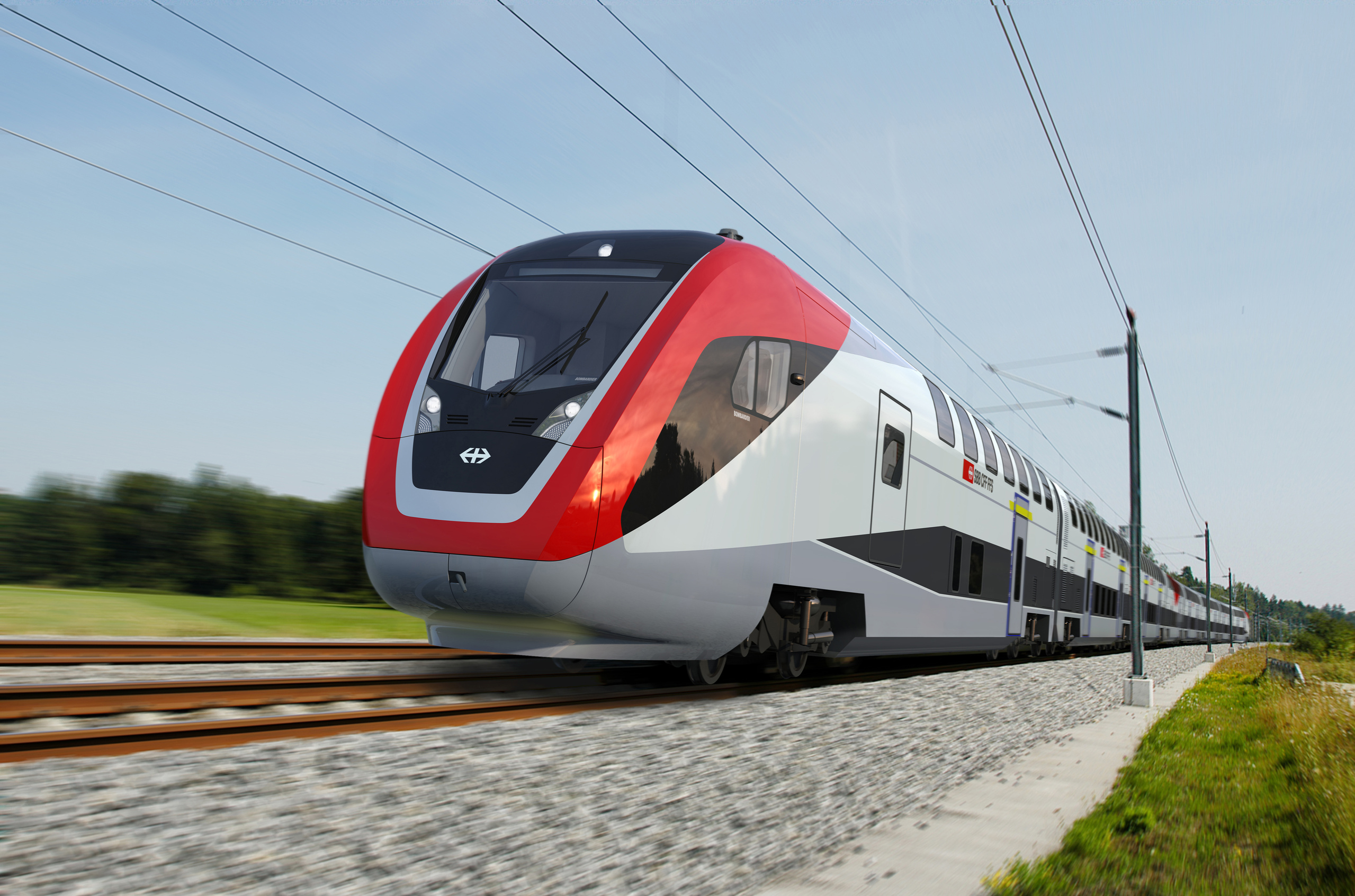
Swiss railways have been heralded as pioneers for opting to build a fleet of experimental high-tech trains, but concerns remain over their safety.
The SFr1.9 billion ($1.7 billion) order for 59 double-deck tilting trains that reach top speeds of 200km/h is Swiss Federal Railways’ biggest-ever purchase, widely described within Switzerland as the “deal of the century”.
Canadian–run Bombardier Transport won the tender process to build the fleet, ahead of bids by Germany’s Siemens and Stadler Rail, the one Swiss company that had made an offer.
Federal Railways said Bombardier was noted for its “high innovation potential” and had the best offer combining overall cost-effectiveness and passenger comfort.
New technology – in use for the first time commercially in double-deck trains – will allow long-distance trains to handle corners at higher speeds by tilting into a bend by up to two degrees. It is still nowhere near the eight-degree maximum tilt on conventional tilting trains.
“With the trains’ passive tilt mechanisms enabling them to negotiate curves faster, journey times can be improved by around ten per cent without sacrificing passenger comfort,” Federal Railways noted in a statement.
The operator decided such trains were the best way of meeting growing passenger numbers: projected to increase by 60 per cent by 2030. The new fleet will be introduced from 2013.
Bombardier said the contract was “tremendous news” for its 900 staff inside Switzerland and that they planned to work closely with a large number of Swiss suppliers.
“Huge risk”
But the technology behind the trains is worrying one rail expert.
Walter von Andrian, chief editor of the Swiss Railway Review and a former engineer, said Federal Railways was spending millions on an untried technology which it should have tested before ordering the new rolling stock.
The particular tilting mechanism planned for the fleet is currently in use on a Lausanne-Geneva single-deck service, but is not in use on double-deck trains anywhere commercially. Similar technology is operated by Talgo in Spain and Japan’s bullet trains.
“The Federal Railways is taking on a huge risk with this order. It needs new rolling stock, that’s one thing, but the trains have to be faster and therefore they need a technical solution, which is not yet available.”
Federal Railways say they need to introduce the train now, rather than wait for further testing, but von Andrian says they “should have thought about that a few years ago”.
“They’re now behind schedule. But that’s no reason to take a decision that’s not responsible and is risky.”
Bombardier Transport’s director of communications, Heiner Spannuth, told swissinfo.ch: “We believe that our technologies are proven and tested.”
“Courageous”
Daniel Emery, a railways research associate at the Federal Institute of Technology in Lausanne (EPFL), told swissinfo.ch the decision of the Federal Railways to introduce the technology was “judicious and courageous”.
“This technology has not yet been used. This will therefore be a world first. They had to somewhat put their trust in a relatively new technology,” adding, however, that he did not think there was a safety risk as preventative measures, such as speed caps, were in place, to alleviate potential problems.
He notes, the fact, that Bombardier already had a team specialising on the undercarriages used on this particular train model probably weighed in their favour in the tender process.
The technology has not been used before because most train operators feel it is not a problem for passengers to move slightly when a train goes around a bend. The new technology should change that to some extent, Emery says.
“The fact that it will incline towards the inside of the bend will make the passenger conserve Swiss [recognised levels of] comfort when the train turns in such a way. Switzerland has always retained values like that.”
“In choosing this system Federal Railways shows that they want to be the frontrunner in the field of rail technology,” he noted.
Jessica Dacey, swissinfo.ch
Swiss Federal Railways will need 120,000 more seats on its long-distance services by 2030.
The current long-distance fleet consists of a mixture of double-deck trains, tilting trains and conventional single-deck trains, the oldest of which have been in service for more than 40 years.
The company will be investing around SFr20 billion in new rolling stock by 2030 using funds generated entirely from operating profits.
There will be 436 fully air-conditioned coaches with more than 36,000 seats.
50 trains will be 200-metres long and nine will be 100-metres long.
InterCity trains will include a large restaurant and a spacious family coach.
Standard toilets on board will be bigger.
Power sockets and wireless internet will be available at all seats in both first and second class.
All trains will have a business compartment for meetings to take place.
To improve passenger security, all trains will be fitted with video surveillance equipment and an emergency alarm system.
The “pressure-resistant” carriages will mean less pressure on passengers’ ears in long tunnels and when trains pass one another.
Swiss Federal Railways and Bombardier will this year retrofit a passive-tilt mechanism to a double-deck coach from the existing fleet for testing.
The first two new trains with passive tilt will be available from 2012/2013 for a testing period of around one year.
The two new trains will then be subject to two years of service-proving tests beginning at the end of 2013.
The final decision on passive tilt is expected to be taken in mid-2016.
If the trials fail, the new trains can also run conventionally. The manufacturer would then be required to pay Swiss Federal Railways a penalty up to SFr100 million.
Once preliminary commercial running is over, the first vehicles are expected to be phased in on the St Gallen–Zurich–Bern–Geneva, Romanshorn–Zurich–Bern–Brig and between Zurich and Lucerne.

In compliance with the JTI standards
More: SWI swissinfo.ch certified by the Journalism Trust Initiative

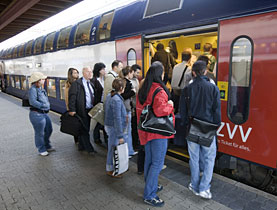
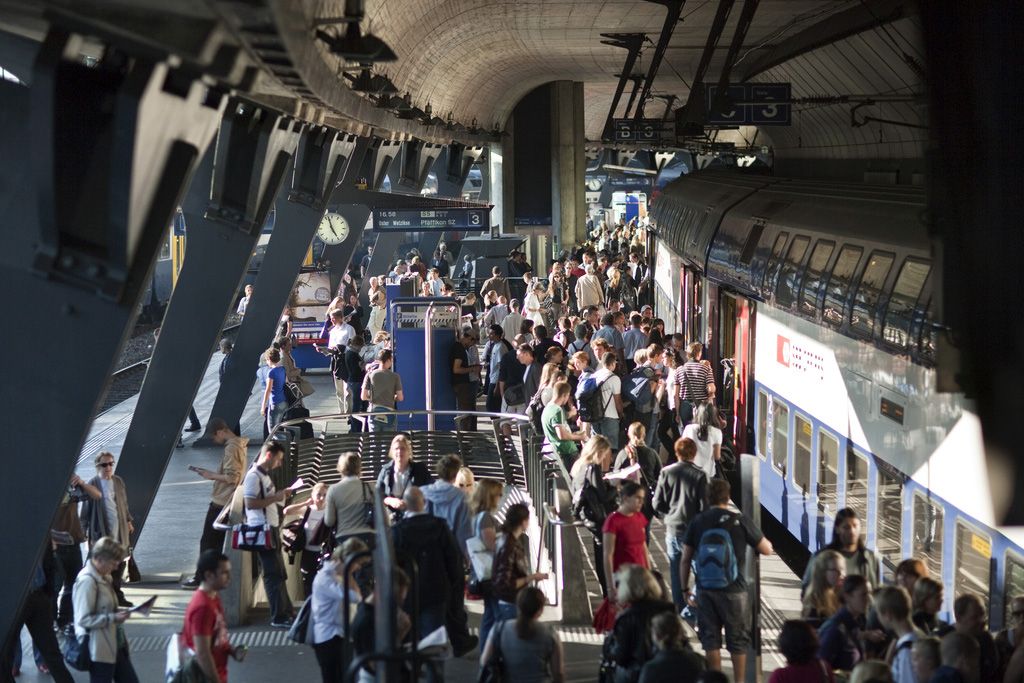
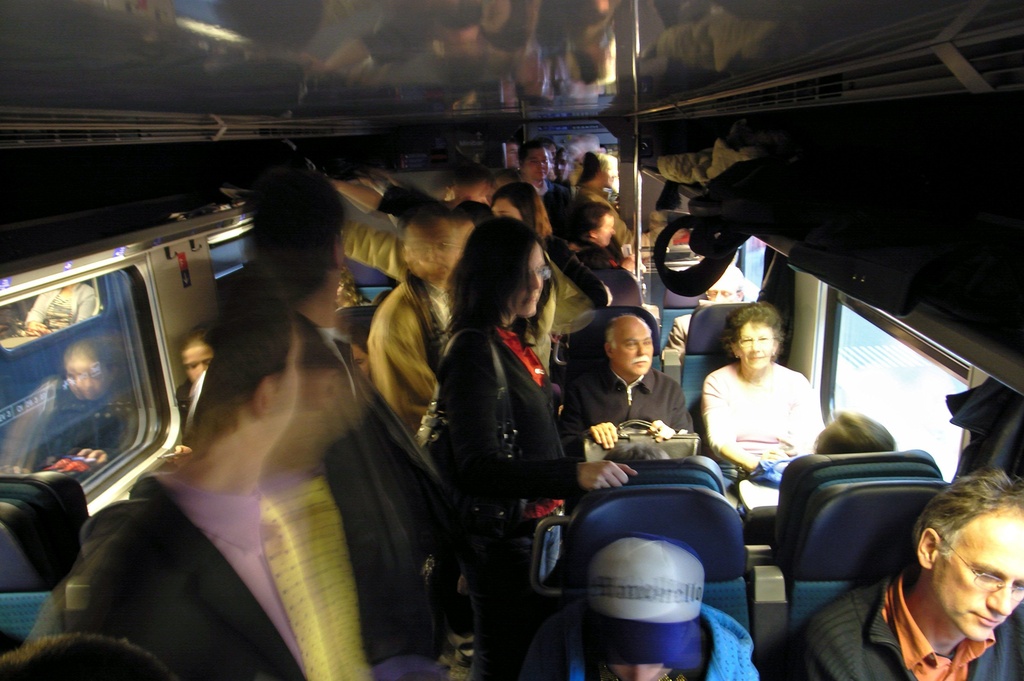
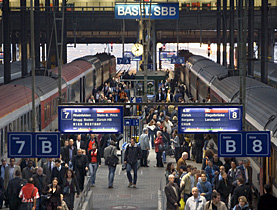
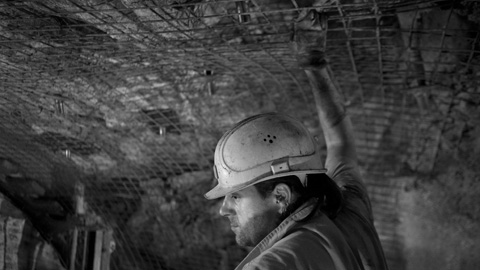
You can find an overview of ongoing debates with our journalists here. Please join us!
If you want to start a conversation about a topic raised in this article or want to report factual errors, email us at english@swissinfo.ch.